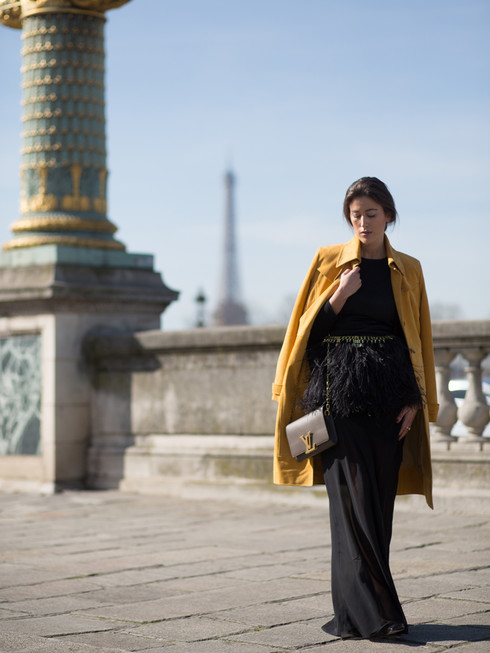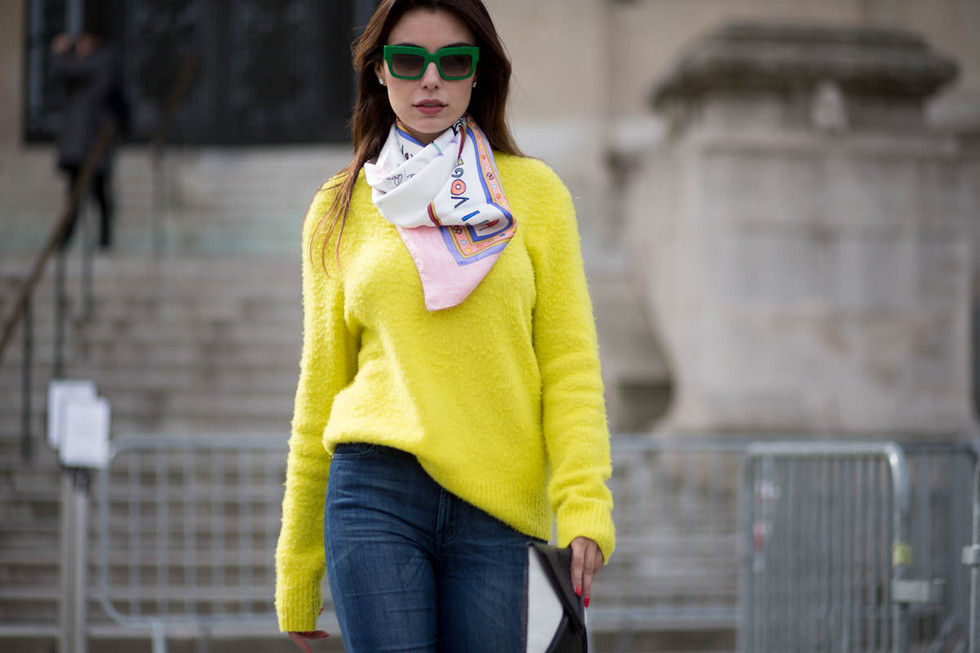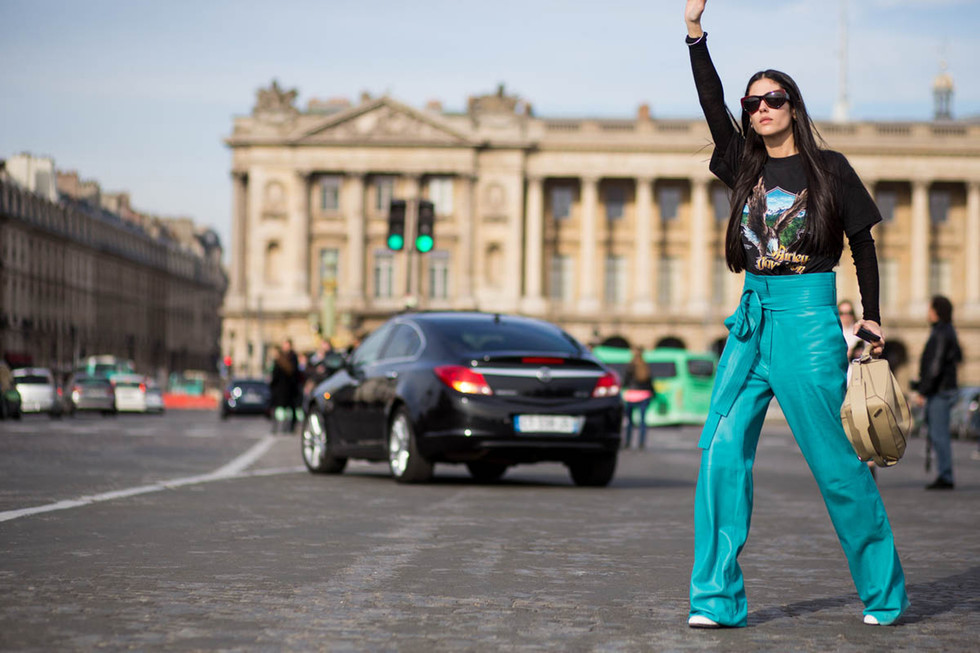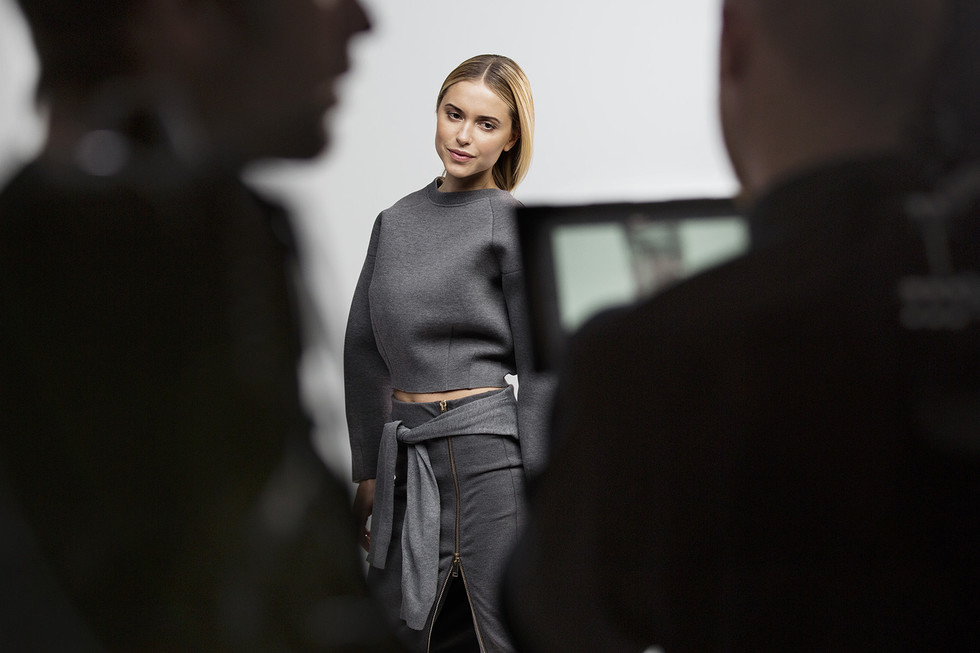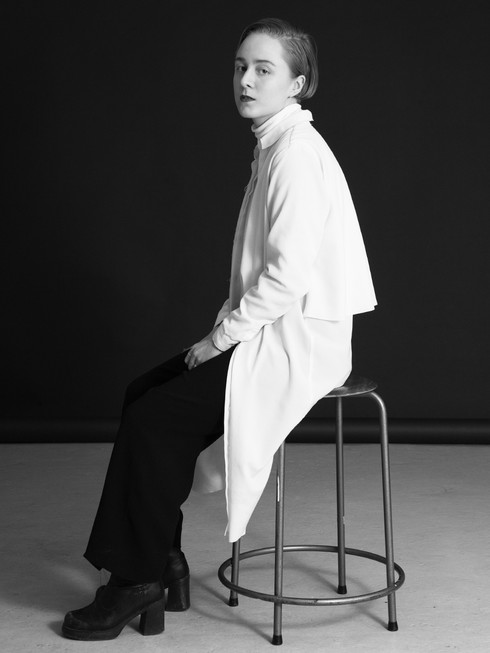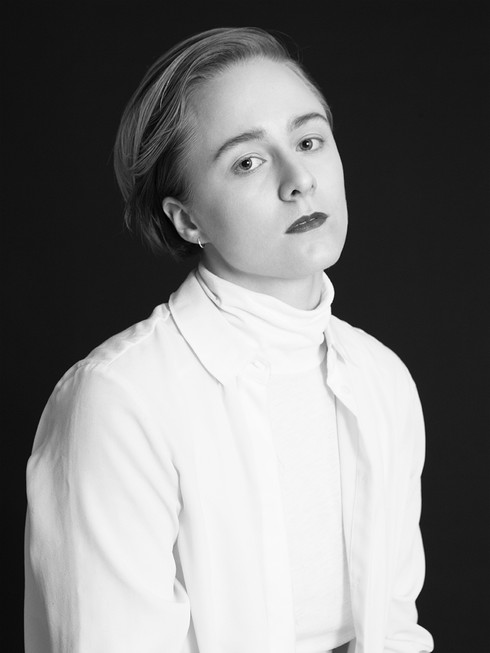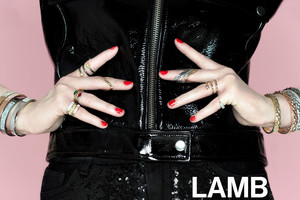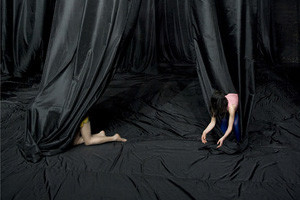An interview with Daniel Bruno Grandl - The Urban Spotter
Written by Jenny Lacis by Michaela WidergrenOn a street corner, at a crossover or in the crowd that is getting off the bus - Daniel Bruno Grandl finds fashionable people everywhere. Since 2012 he runs the street- style-blog The Urban Spotter, where he publishes photos of people from all around the world.
Growing up in Germany with his mother running a vintage fashion store and with a great love of photography, Daniel followed his dream and combined these two interests in a blog. This medium currently seems to be the most common in this sphere.
JL: So Daniel, when and why did you start The Urban Spotter?
DBG: In 2009 I stumbled upon the blog The Sartorialist and I loved it. Once I moved from Scotland to London in 2012 I started my own blog, which was the birth of theurbanspotter.com.
JL: What was your vision with the blog when you started? And how easy has it been to follow that vision?
DBG: I started theurbanspotter.com in order to entertain people with my style images and to become one of the top street style platforms in the world. Such high ambitions have not always been easy for me, especially as one is faced with many challenges as well as doubts at the beginning.
JL: What did the blogosphere look like when you started and how do you think it has developed over time?
DBG: I started rather late with blogging, mid 2012, so the Market back then was already quite competitive. But now, two years after, there are more street style photographers than ever before and the market is becoming more and more saturated. Only those who have a unique point of view and are truly good at what they do will continue to grow.
JL: Why did you chose to publish your photos in a blog?
DBG: I myself like to read blogs and felt that this was a good medium for my content as well. As a blogger there is great flexibility in what and how you publish and you can reach a large audience quickly. It’s just great being able to share my pictures instantly.
JL: What is the best thing about publishing your work like this; and, what is the drawback?
DBG: Publishing online is the perfect medium to showcase my photography to a worldwide audience on a day-to-day basis. It is very cost efficient compared to print publishing and it is possible to build up a large audience in a short period of time. No matter where in the world I am, I can quickly upload new images from current fashion shows or events and let the world take part of it nearly instantly.
JL: What do you think about blog-portals?
DBG: From a business perspective I think it is a good way to attract a wider audience and thus attract more business opportunities in regards to advertising etcetera.
J: There have been many predictions about the desertion of the blogs (that people would tire of the phenomenon), why do you think the predictions haven´t been verified?
DBG: As we live in a fast-moving society, blogs are an ideal platform for anyone who quickly wants to access information regarding their interests. Blogs are very appealing for many readers as they are free and are being updated much more regularly than say a print magazine.
JL: How long will you continue blogging? And what do you think of the future of the blogs?
DBG: I have no plans to stop blogging in the near future. I have not been doing this for very long, and things have only just started to take off. I will stop blogging if one day I won’t have fun doing this anymore.
JL: And what does a “normal” workday look like for you?
DBG: Here one has to distinguish between peak and off-peak fashion week times:
During peak fashion week times I usually get up at 7am, do some editing, prepare some posts for the day and go to the first 9am shows. Usually I go to 4-6 shows depending on how much energy I have as well as on the shows that are on. After that I get back home at around 7pm and start selecting and editing the images from the day.
During off peak fashion week times my days are completely different. I usually fill my days with networking, meeting up with clients and friends as well as shootings and editing work.
JL: Is it possible to make a living on your blog?
DBG: I make a living from my photography.
JL: What is your plan now with The Urban Spotter?
DBG: The plan is to continue on the same track, shooting great style and showcasing it on my website. In the future I will travel more, especially outside of Europe and I have plans to shoot more fashion editorials.
JL: What blogs are you following?
DBG: To be honest, I am not following that many blogs. I try to focus on my work and constantly think forward regarding future plans and strategies,
JL: Where in the world are people the best dressers, according to you? And why?
DBG: It is difficult to say. Many different cities are characterized by a certain set of styles or stereotypes. For example the Italians wear prints and color very well, the French are very chic and elegant, London has a strong heritage in tailoring and punk, in Scandinavia it is all about minimalism and New York is a mix of everything. I personally really like the styles that I see in Copenhagen.
JL: And as a last question: What are you looking for when you’re on a street style-hunt?
DBG: When I take pictures on the street I have certain criteria in my head that act as a guideline for shooting street style. Ultimately these criteria determine whether I can create an aesthetically pleasing picture or not. I prefer taking photos of people who I think are well dressed and have great style or character.

